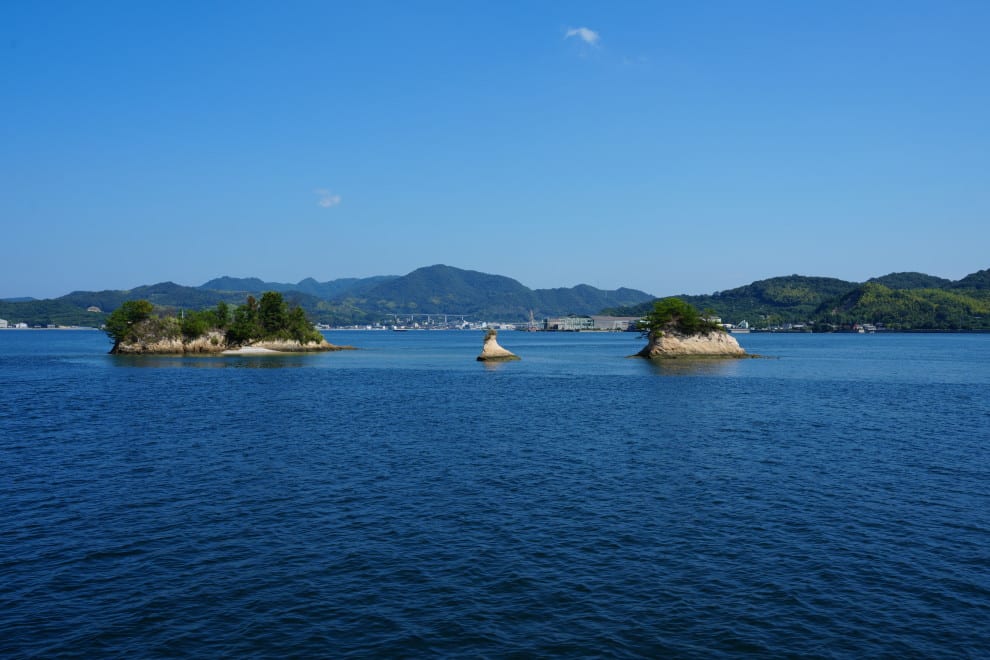2019/9/9
The following is from a paper by Koji Matsumoto published in the September issue of the monthly magazine WiLL titled 'Confront Korean lies. Why does Korea continue 'anti-Japan'? Detect historical truth, reveal Korean fiction.'
It is a must-read paper not only for Japanese citizens but also for people around the world.
Without reading this paper, the history of the Far East after the war is entirely unknown.
Alexis Dudden, a Korean agent with inferior intelligence, dominates the American Historical Society.
The same goes for the United Nations.
The time has come for the international community to be ashamed of knowing their ignorance and inefficiency.
Above all, there are South Korea and China, the land of abysmal evil and plausible lies.
For 74 years after the war, China started Jiang Zemin in South Korea to distract people from the Tiananmen incident.
The fact that the international community overlooked Nazism called anti-Japanese education, has created a volatile and dangerous world.
China's growing impudence, South Korea's madness (Korean peninsula's madness), and Putin's growing boldness are all of which are the result of the international community's continued neglect of Nazism China and the Korean peninsula continue to do.
The following is a continuation of the previous chapter.
'South Korean tradition' is from recent times.
Korea is the country most similar to Japan.
The Japanese influence reaches every corner of society, as it has been incorporating the Japanese system and culture since modern times.
Japan fought the Sino-Japanese War and made Korea independent.
But South Korea, born of this war, not only won the status of a sovereign but can say that it became a country completely different from the old Korea that existed before it.
The Japanese achieved the core issues that led to the birth of the Korean people, such as independence from China, the establishment of Korean as a cultural language, and Korean studies using modern methodologies.
Many people are surprised, but most of what is now called 'Korean traditional culture' appeared after the modern era, or its significance was found.
At that time, the Japanese played a leading role.
Initially, the people on the Korean Peninsula were not very interested in their own traditional culture.
In the world of consciousness, 'one like South Korea' hardly existed then.
The illustration of a Korean history textbook contains a picture of a Buddha statue in a stone cave in Gyeongju.
It is a stunning Buddha image made during the Silla era. It was discovered in 1909.
It was before the annexation of Japan and Korea but under the protection of the Japanese government office.
A Japanese postman who entered the cave to get out of the rain found a Buddha image that was raining and made a fuss.
The survey team was dispatched, and it was precious.
The Governor's Office made a large-scale construction and made efforts to preserve it.
You might think it's normal, but remember that Joseon is a rigid Confucian State hostile to Buddhism.
It was destroyed when many Buddha statues were found and abandoned without a record.
In 1940, 'Hunminjeongeum' was found, a book written in the 15th century about the creation of Hangul.
It was used in a house in North Gyeongsang Province as a backing sheet.
It is now a national treasure, but it would have been treated like paper scrap in Joseon's time.
It was when Hangul was considered a valuable cultural heritage that it was realized.
The Japanese also found the beauty of Korean ceramics.
There wasn't a custom that valued ancient ceramics highly as a treasure so much in old Korea, and the consciousness that it tries to cherish a tradition, too, seemed to have been scarce.
The technology of a celadon also died out in the distant past, and no one could make it anymore.
The businessman Tomita Gisaku, a connoisseur, invested in his private property and revived it over ten years.
Today, the celadon sold at Korean department stores and souvenir shops is not a traditional technique but a method that Tomita restored (and is generally accepted).
It is an old and new art that once disappeared from the land of Korea; the Japanese in the 20th century revived it from the ground.
This article continues.

2024/9/5 in Onomichi



















